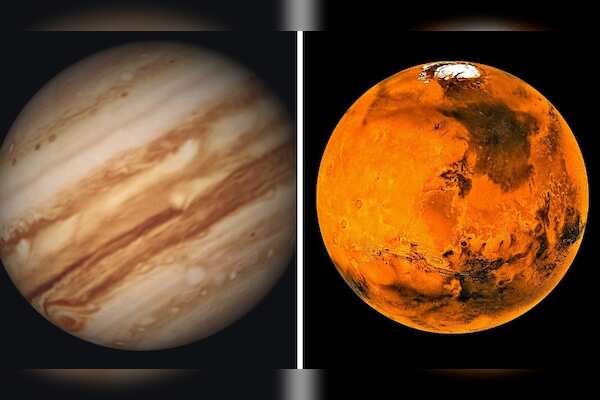A recent study has revealed that Spain's susceptibility to rare and deep earthquakes is due to a tectonic plate that has capsized beneath the Earth's surface. According to seismographic reports, during the slow collision between Africa and Eurasia, a portion of the Earth's surface flipped upside down deep below the Mediterranean. Geologists Daoyuan Sun from the University of Science and Technology of China and Meghan Miller from Australian National University noted that since 1954, there have been five significant deep-focus earthquakes with depths exceeding 600 kilometers beneath the Spanish city of Granada.
Typically, deep earthquakes are followed by significant aftershocks. However, a study of the seismic data from Spain's 2010 earthquake by Sun and Miller revealed an absence of aftershocks. When tectonic plates beneath the Earth's surface collide, one plate slides beneath the other in a process known as subduction. These collisions can either destroy the sinking plate, raising the crust and creating mountains, or result in the plates remaining separate but stacked as one slab gradually sinks towards Earth's mantle. This is precisely what has occurred at the boundary between the African and Eurasian plates where the Mediterranean floor is gradually sinking beneath Europe. During the 2010 Granada earthquake, seismic waves lasted unusually long and exhibited an additional phase of activity because they were moving slower at the bottom of the Alboran slab rather than the top. This slower movement indicates a relatively cold slab carrying a significant amount of water into the mantle transition zone. Sun explained that due to the young seafloor age in the western Mediterranean, the subduction speed must be relatively fast, around 70 millimeters per year, to keep the slab cool. This research sheds light on the complex geology beneath Spain that makes it susceptible to rare and deep earthquakes.Study Finds Tectonic Plate Capsize Behind Spain's Rare Deep Earthquakes
 8 months ago
1373
8 months ago
1373
- Homepage
- Tech & Sicence
- Study Finds Tectonic Plate Capsize Behind Spain's Rare Deep Earthquakes
Related
NASA Faces 19-Day Deadline to Bring Back Astronauts from ISS...
3 months ago
1122
Nvidia potentially delaying release of data center GPU B200 ...
3 months ago
1138
Rare Celestial Event: Mars and Jupiter Alignment on August 1...
3 months ago
1505
Trending in United States of America
Popular
Disney's Major Investment in Epic Games Signals Next Chapter...
8 months ago
1804
Top commodity trader Andurand predicts quadruple increase in...
6 months ago
1741
Middle East tension boosts Brent crude above $90 for the fir...
7 months ago
1735
World of Warcraft Companion App to be Discontinued by Blizza...
7 months ago
1731
"Don't Take Travel for Granted: Tips for Traveling with Elde...
8 months ago
1728
© StoryBrut 2024. All rights are reserved








 English (US)
English (US)